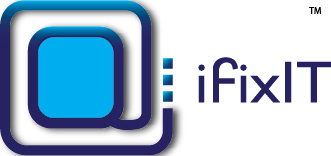Cyber Security Experts
Cybersecurity Best Practices: Protecting Your Digital World
In today’s connected world, protecting your personal information and digital assets is more important than ever. Cyber threats are constantly evolving, but by following a few key cybersecurity best practices, you can significantly reduce your risk. Below are five crucial security measures to help keep your data safe.
- Strong Passwords: Your First Line of Defence
- Length: Use at least 12 characters.
- Complexity: Include a mix of uppercase and lowercase letters, numbers, and special characters.
- Avoid Personal Information: Do not use easily guessable information such as names, birthdays, or common phrases.
- Use Unique Passwords: Avoid reusing passwords across multiple accounts. Consider using a password manager to securely store and generate complex passwords.
- Two-Factor Authentication (2FA): Extra Layer of Protection
- Something you know (your password).
- Something you have (like your phone or a security key).
- Security Updates: Stay Ahead of Threats
- Enable Automatic Updates whenever possible to ensure your device stays protected with the latest security patches.
- Regularly Check for Updates on any device or application that doesn’t automatically update.
- Operating System Updates: Keeping Your Core Safe
- Install OS updates as soon as they are released. These often include critical security patches.
- Configure your system to automatically update to prevent delays in installation.
- Firmware Updates: Protecting Hardware Security
- Check for firmware updates regularly and apply them promptly, especially for critical devices like routers or smart home devices.
- Use the manufacturer’s website or app to find updates rather than relying on automatic updates, which may not always be enabled.
